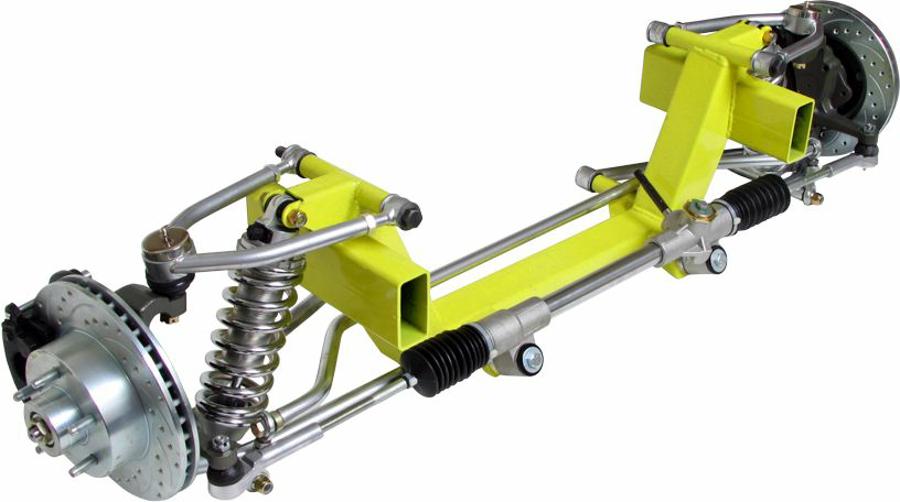Radiation patterns of a dual-band self-phased quadrifilar helix antenna designed for GPS, at the L1 and L2 bands. Cavity-backed Sinuous and Log-spiral antennas Cavity backed spiral antennas can provide unidirectional, broadband, polarisation agile radiation patterns when the cavity backings are loaded with absorber layers. The objective of this study is the design and implementation of a Quadrifilar Helix Antenna (QHA) for telemetry, tracking and control of a Low Earth Orbit (LEO) satellite. Because of its cardioid-shaped circularly polarized beam, QHA can satisfy requirements of satellite communications completely. In this paper, a variation of QHA referred to as “self-phased QHA” with a single feeding. A self phased antenna element with two pairs of arms (110, 120, 130, 140) in a crossed relationship transceives a signal at a resonant frequency. A dielectric (150, 160) is disposed adjacent an arm (130, 140) to obtain a self phased relationship in the arms (110, 120, 130, 140) at the resonant frequency. The arms can form crossed loops or twisted crossed loops such as a quadrifilar helix. Jan 13, 2020 - Mictronics - Personal blog about electronic projects, antennas, RF and other stuff. Notched monopole Printed trapezoidal self-phased. Quadrifilar helix. Engineering utilities. L i b r a r i e s. Array synthesis. Friis transmission.
Abstract
The objective of this study is the design and implementation of a Quadrifilar Helix Antenna (QHA) for telemetry, tracking and control of a Low Earth Orbit (LEO) satellite. Because of its cardioid-shaped circularly polarized beam, QHA can satisfy requirements of satellite communications completely. In this paper, a variation of QHA referred to as “self-phased QHA” with a single feeding circuit, has been proposed to reduce implementation complexity. The designed antenna has been analyzed and the experimental results show that the radiation pattern provides good wide-beam in the desired frequency while the antenna’s bandwidth is around 200MHz when VSWR is less than 2.

Downloads
References

C. C. Kilgus, “Multi-element fractional turn helices”, IEEE Transactions on Antennas and Propagation, Vol. 16, No. 4, pp. 499–500, 1968 DOI: https://doi.org/10.1109/TAP.1968.1139231
J. M. Tranquilla, S. R. Best, “A study of the quadrifilar helix antenna for global positioning system (GPS) applications”, IEEE Transactions on Antennas and Propagation, Vol. 38, No. 10, pp. 1545–1550, 1990 DOI: https://doi.org/10.1109/8.59766
Self-phase Quadrifilar Helix Antenna
Y.-S. Wang, S.-J. Chung, “A Miniature Quadrifilar Helix Antenna for Global Positioning Satellite Reception”, IEEE Transactions on Antennas and Propagation, Vol. 57, No.12, pp. 3746-3651, 2009 DOI: https://doi.org/10.1109/TAP.2009.2024132
Quadrifilar Helix Antenna
G. Nicolaidis, O. Leisten, J. C. Vardaxoglou, “TLM investigation of dielectric loaded bifilar personal telephone antennas”, IEE National Conference on Antennas and Propagation, pp. 16-19, 1999 DOI: https://doi.org/10.1049/cp:19990005
A. Kumar, Fixed and mobile terminal antennas, Artech House, 1991
B. Fan , L. Xu , H. Zhang , Y. Wang, “Design of a dual(UHF/S) bands antenna handset”, 11th International Symposium on Antennas, Propagation and EM Theory, pp. 118-120, 2016 DOI: https://doi.org/10.1109/ISAPE.2016.7833895
A. Takacs, T. Idda, H. Aubert, H. Diez, “Miniaturization of Quadrifilar Helix Antennas for space applications”, 15th International Symposium on Antenna Technology and Applied Electromagnetics, pp. 1-3, 2012 DOI: https://doi.org/10.1109/ANTEM.2012.6262358
J. Costantine, Y. Tawk, I. Maqueda, M. Sakovsky, G. Olson, S. Pellegrino, C. G. Christodoulou, “UHF Deployable Helical Antennas for CubeSats”, IEEE Transactions on Antennas and Propagation, Vol. 64, No. 9, pp. 3752-3759, 2016 DOI: https://doi.org/10.1109/TAP.2016.2583058
R. Cahill, I. Cartmell, G. Van Dooren, K. Clibbon, C. Sillence, “Performance of shaped beam quadrifilar antennas on the METOP spacecraft”, IEE Proceedings - Microwaves, Antennas and Propagation Vol. 145, No. 1, pp. 19-24, 1998 DOI: https://doi.org/10.1049/ip-map:19981568
D. Lamensdorf, M. A. Smolinski, “Dual-band quadrifilar helix antenna”, IEEE Antennas and Propagation Society International Symposium, pp. 488–491, 2002
R. Sainati, J. Groppelli, R. Olesen, A. Stanland, “A band-switched resonant quadrifilar helix”, EEE Transactions on Antennas and Propagation, Vol. 30, No. 5, pp. 1010–1013, 1982 DOI: https://doi.org/10.1109/TAP.1982.1142892
A. A. Agius, S. R. Saunders, B. G. Evans, “Antenna design for the ICO handheld terminal”, 10th Conference on Antennas and Propagation, pp. 1385–1389, 1997 DOI: https://doi.org/10.1049/cp:19970278

M. Hosseini, M. Hakkak, P. Rezaei, “Design of a dual-band quadrifilar helix antenna”, IEEE Antennas and Wireless Propagation Letters, Vol. 4, No.1, pp. 39-42, 2005 DOI: https://doi.org/10.1109/LAWP.2005.844142
K. Chen, H. Wang, Y. Huang, J. Wang, “A compact dual-band assembled printed quadrifilar helix antenna for CNSS application”, International Symposium on Antennas & Propagation, pp. 1233-1236, 2013
B. Ning, J. Lei, Y. Cao, L. Dong, “A conical quadrifilar helix antenna for GNSS applications”, International Symposium on Antennas & Propagation, pp. 543-546, 2013
C. C. Kilgus, “Resonant quadrifilar helix design”, Microwave Journal, Vol 13, pp. 49–54, 1970
C. C. Kilgus, “Shaped-conical radiation pattern performance of the backfire Quadrifilar helix”, IEEE Transactions of Antennas and Propagation, Vol. 23,pp. 392–397, 1975 DOI: https://doi.org/10.1109/TAP.1975.1141084
M. Amin, R. Cahill, “Bandwidth Limitation Of Two-Port Fed and self-Phased quadrifilar Helix Antennas”, Microwave and Optical Technology Letters, Vol. 46, No. 1, pp. 11-15, 2005 DOI: https://doi.org/10.1002/mop.20886
C. A. Balanis, Antenna theory, analysis and design, 2nd edition, John Willey and sons Inc, 2002
Metrics
Abstract Views: 1392PDF Downloads: 408
Metrics Information
Authors who publish with this journal agree to the following terms:
- Authors retain the copyright and grant the journal the right of first publication with the work simultaneously licensed under a Creative Commons Attribution License that allows others to share the work with an acknowledgement of the work's authorship and initial publication in this journal.
- Authors are able to enter into separate, additional contractual arrangements for the non-exclusive distribution of the journal's published version of the work (e.g., post it to an institutional repository or publish it in a book), with an acknowledgement of its initial publication in this journal.

- Authors are permitted and encouraged to post their work online (e.g., in institutional repositories or on their website) after its publication in ETASR with an acknowledgement of its initial publication in this journal.